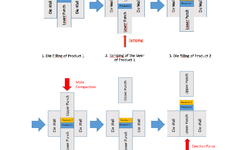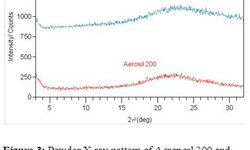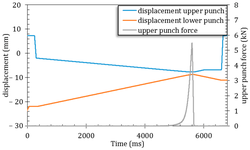Scientific papers
Starch is a widely utilized excipient in the pharmaceutical industry, yet limited information exists regarding the impact of its moisture scavenging properties in safeguarding moisture-sensitive drugs. The interplay between starch and moisture holds particular significance as the moisture fugacity can affect the stability of drugs. This study delves into the moisture behavior of various starches, seeking insights into their role in the degradation of acetylsalicylic acid. The dimensional and moisture-related properties of the starches were thoroughly examined. Stability tests were conducted on tablets containing acetylsalicylic acid and different starches. While the moisture sorption processes appeared visually similar for the diverse starches, quantitative distinctions emerged in their moisture interaction and distribution. Analysis of sorption isotherms revealed a strong correlation between moisture monolayer coverage, area of hysteresis, and the percentage of acetylsalicylic acid degradation. Starch exhibiting high monolayer coverage, a large area of hysteresis, and a good capacity for internally absorbed moisture demonstrated the lowest percentage of acetylsalicylic acid degradation. This study underscores the significance of moisture scavenging excipients in formulating drugs sensitive to moisture. Clearly, evaluating the moisture sorption properties of excipients during the preformulation phase proves invaluable in identifying optimal ingredients for formulations where moisture sensitivity is a critical concern.
Comments
No comments posted yet.
Add a comment















